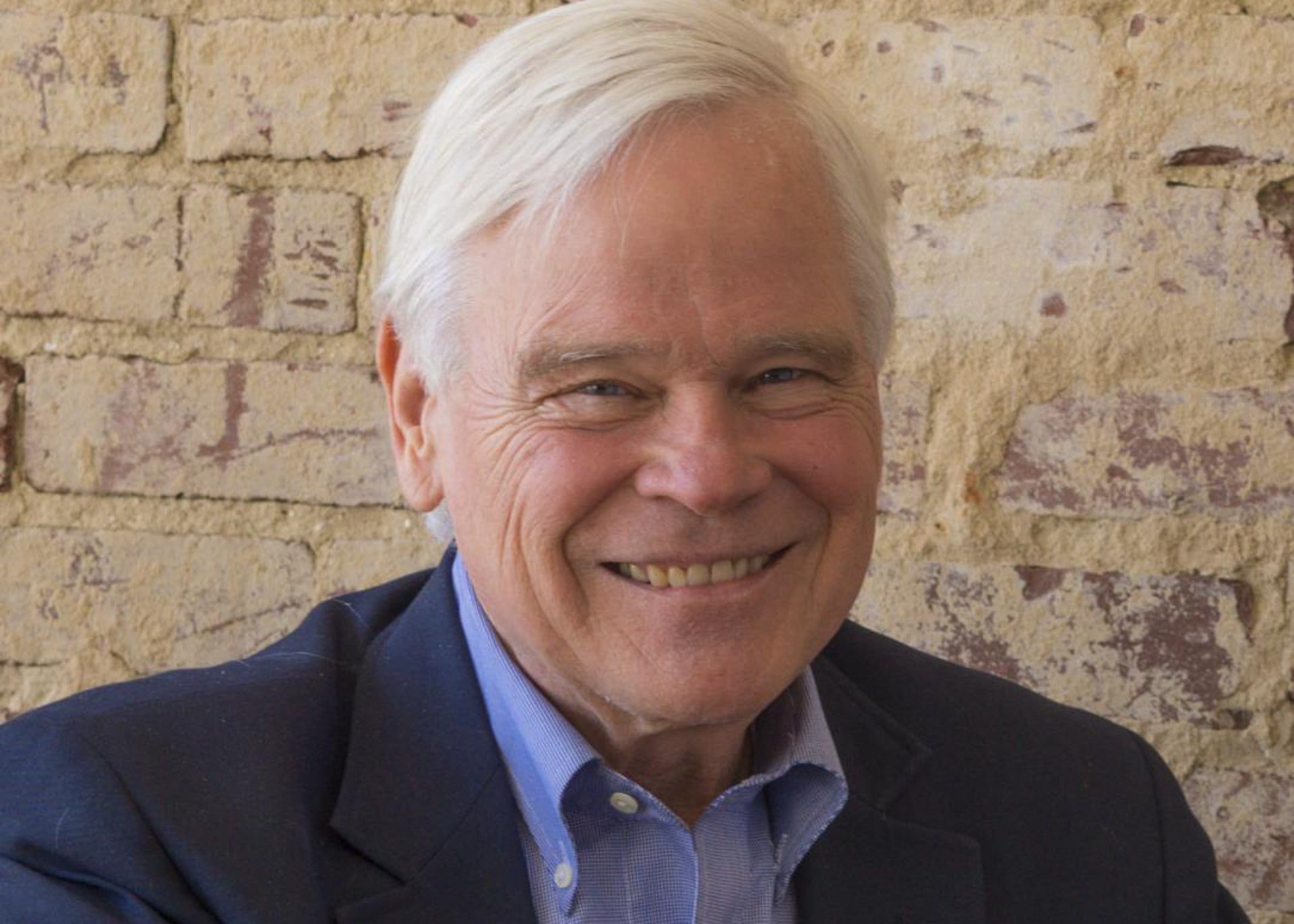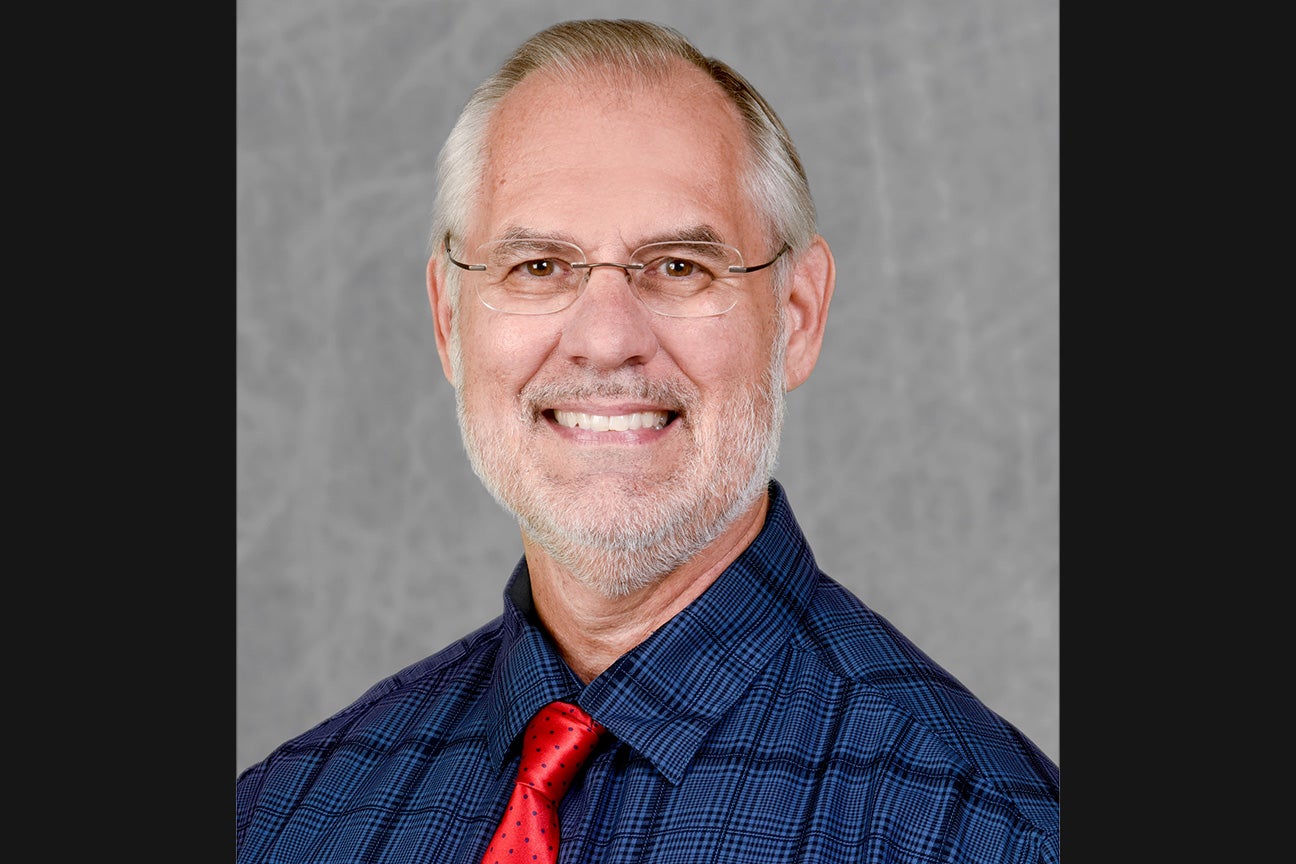You Decide: Can we fix Social Security?
Published 10:10 pm Wednesday, February 27, 2019
By Dr. Mike Walden
My wife is not an economist, but she does sometimes ask me about economic issues. One of her most frequent questions is about Social Security. Although she is retired and eligible to receive Social Security benefits, on my advice she has delayed until her monthly payment will be much higher in a couple of years. Her big fear – and her question to me – is will Social Security even be around then?
I assure her that in a couple of years Social Security will certainly still be alive and paying benefits. But this doesn’t take away from the fact there are some problems facing Social Security just around the corner.
Indeed, the Trustees of Social Security estimate the surplus the system has built up over the last fifty years will be depleted by the mid-2030s. This means that – without changes – Social Security will then only be able to rely on new revenues paid by existing workers. The Trustees estimate at that point, retirees will only receive around 80 percent of what they were promised.
So the good news I share with my wife is, yes, Social Security will still be around to pay her a pension. The bad news is, that pension will be about 20 percent less than she expected unless something is done.
How did Social Security get into this situation? Actually, decades ago the system faced a similar problem. In the early 1980s Social Security was running out of money. A major reason was some very big increases in Social Security benefits passed by Congress and the President in the 1970s. These were increases the managers of Social Security had not planned for.
Facing a calamity, a commission comprised of politicians, labor leaders, business persons and others was quickly assembled. The head of the commission was none other than Alan Greenspan – who later headed the Federal Reserve System under four presidents.
The Greenspan Commission recommended some “fixes” to Social Security and Congress passed them. Two of the major changes were a gradual increase in the age for receiving full Social Security benefits and an increase in Social Security tax rates on workers and employers. The result was a buildup of a multi-trillion dollar Social Security surplus. The surplus was supposed to keep Social Security fully funded until 2050.
Then why is Social Security expected to face financial problems in 2034 rather than 2050? The answer is simple – the dangers of long-term forecasts. As you might expect, Social Security has to make forecasts for a ton of important economic and social factors in order to estimate its financial condition decades ahead. Fertility rates, death rates, the growth of wages, inflation and average longevity are some of the most important.
Forecasts just a little bit off can create big errors for conditions in future decades. With the benefit of hindsight, we can see Social Security overestimated fertility rates. With fertility rates coming in lower than expected, there have been fewer workers paying in to the system.
At the same time, Social Security underestimated the increased life span of those receiving Social Security. So the combination of less money coming in and more money going out moved forward the day of financial reckoning for Social Security.
What can be done? The answer is rather straightforward – we need another commission to agree upon a new set of fixes for Social Security.
Actually, President Obama did this in 2010 by appointing a commission headed by former U.S. Senator Alan Simpson and former White House Chief of Staff and UNC System President Erskine Bowles. The commission made some reasonable recommendations for extending the life of Social Security, but they were never adopted.
My theory on why the Simpson-Bowles Commission was ignored is that it was just too soon. For our political system to deal with a crisis, that crisis sometimes has to be staring us in the face. So I predict sometime in the late 2020s or early 2030s, we’ll have another Social Security Commission. Some new fixes will then be included to extend the solvency of Social Security another 25 to 50 years.
And what might those fixes be? The federal Congressional Budget Office (CBO) has outlined 35 possibilities. Two that have struck me as possibilities are reducing the rate at which Social Security pensions increase for higher-income workers and using a more modest inflation rate to calculate a recipient’s first payment. But I’m getting into the weeds here. The details are in the CBO report.
Will Social Security survive and will my wife (and eventually me) get our promised benefits? I think the answer is yes. How will that be accomplished? I don’t know for sure, but I think it will be the collective action of many people together deciding!
Dr. Mike Walden is a William Neal Reynolds Distinguished Professor and Extension Economist in the Department of Agricultural and Resource Economics at North Carolina State University who teaches and writes on personal finance, economic outlook and public policy.
FOR MORE COLUMNS AND LETTERS TO THE EDITOR, CHECK OUT OUR OPINION SECTION.





